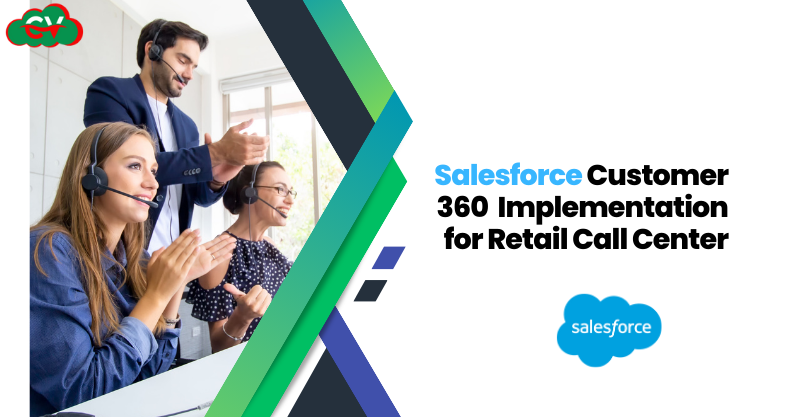
The client, a prominent retailer, recognized the pivotal role of its call center in shaping customer satisfaction. Aiming for enhanced efficiency, they embarked on a Salesforce implementation project, initially targeting a specialized team providing accommodations.
Customer Challenges:
The retailer faced challenges in achieving a seamless customer service experience. Before the Salesforce implementation, associates grappled with multiple systems, leading to extended training periods and increased operational costs. Customer service representatives found it challenging to swiftly resolve issues, with the “Where is My Order” (WISMO) inquiry being a predominant call driver. Communication inefficiencies and a fragmented knowledge base further compounded the challenges.
To address these challenges, our team employed a multifaceted approach. First, they integrated customer, order, and product data from various systems into Salesforce, streamlining access for associates. Implementing Customer 360 turned Salesforce into the Customer Data Master, allowing for improved data quality through record flagging and stewardship. Moreover, the system was configured to enable users to view historical order data, send emails, generate actions in the Order Management System (OMS), and escalate issues within Salesforce.
Vendor collaboration was enhanced through the exposure of product issue data via Partner Community, enabling preventive measures and facilitating compensation negotiations for accommodations issued due to product-related problems. Internal reporting and dashboards provided insights into call center performance and associated costs, while case assignment rules ensured efficient routing based on territory or VIP client status.
The Salesforce implementation yielded substantial improvements for the retailer. Single call resolution increased, average call times decreased, and overall customer satisfaction with service calls saw a notable uptick. Training costs and time were significantly reduced as the number of systems associates needed to access was streamlined. The centralized knowledge base improved data quality, and using Salesforce for communication streamlined processes, reducing the need for isolated email communications.
The Salesforce implementation transformed the retailer’s call center into a more efficient and customer-centric operation. By addressing key challenges through integration, streamlined processes, and enhanced communication, the company improved its service delivery and gained valuable insights into call center performance and vendor relationships. This case exemplifies how strategic technology adoption can bring tangible business benefits and heightened customer satisfaction.